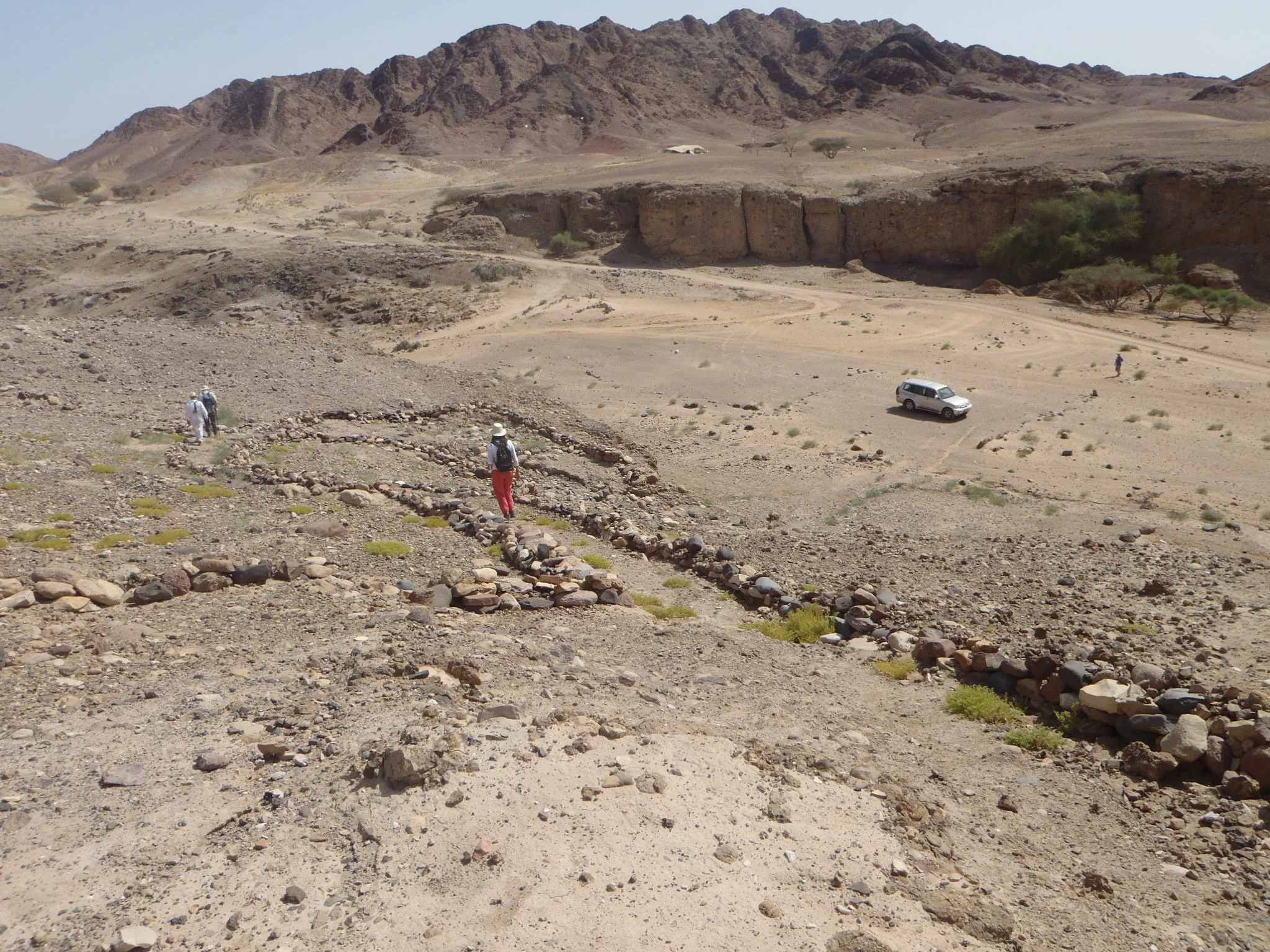Congrats Kathleen!
/Congrats to Kathleen Rodrigues for successfully defending her PhD thesis on the “Development and application of luminescence dating techniques to constrain the timing of tephra deposition and the formation of fluvial landforms”!
Abstract
Interest in earth surface processes has grown substantially in recent years owing, in part, to improvements to scientific methodology and a greater awareness of the impacts that humans and climate have on the on the earth’s surface. The geological record contains sedimentary archives that can be used to interpret the sensitivity of a variety of environments to anthropogenic and/or natural forcings. However, developing these interpretations over long time scales fundamentally requires accurate geochronology to place absolute ages on individual geological events. Luminescence dating, a geochronological technique used for estimating the last exposure of a material to light or heat, has emerged as a promising method for dating Quaternary events and constraining the timing of environmental changes. In addition to a review of the physical processes involved in luminescence geochronology, the work described in this PhD dissertation has broadly centered on two luminescence-based research endeavors: (1) the development of novel thermoluminescence (TL) techniques for dating volcanic glasses, and (2) the application of optically stimulated luminescence (OSL) dating techniques to strath terraces.
In Part 1, we test different TL dating approaches on the 4-11 μm volcanic glass constituents of three different tephras. By comparing against independent age control, we demonstrate the utility of both blue (320 nm to 450 nm) and red (587 nm to 651 nm) TL emissions for dating volcanic glasses using single aliquot regenerative dose techniques (SAR). We find that both blue and red TL emissions from the volcanic glass shards are dim but reproducible and show no evidence for significant sensitivity changes occurring between the natural TL and the first test dose during the SAR protocol. Fading tests on the blue TL signal show that g-values range from 1.23 ± 1.10 to 3.13 ± 1.29 %/decade and are statistically consistent with zero at 2σ for the red TL. Bleaching experiments show that both signals are sensitive to light exposure, with sensitivity corrected signals declining by ~60% and ~40% over a 2-hour period for blue and red TL signals, respectively. With the exception of one sample, the Turupah Flat tephra, which yields both blue and red TL ages ~600 years older than local independent age control, both the fading-corrected blue and red SAR-TL ages are fully consistent with age expectation. These successful results demonstrate the effectiveness of TL techniques for determining the eruption ages of tephra deposits in primary position between ~1.5 and 30 ka. Blue and red TL dose response behavior suggest that average characteristic saturation doses are ~1200 Gy, which corresponds to an upper dating limit of ~400 ka in dose rate environments similar to the ones we observed.
In Part 2, we apply quartz OSL dating techniques to alluvium overlying strath terraces along the Buffalo National River (BNR) where incision has occurred across lithologies of variable resistance during the Quaternary. OSL-derived incision rates ranged from 0.3 mm/yr in the more resistant sandstone-dominated reaches relative to 0.03 mm/yr in the less resistant limestone-dominated reaches. Comparisons of these incision rates with estimates of lateral migration based on in-situ produced 10Be concentrations support the hypothesis that lateral processes outpace vertical ones in the less resistant reaches of the BNR. These results suggest that lithologic resistance imparts a strong influence on both the rates and styles of incision and consequently on landscape evolution. Importantly, our OSL results also demonstrate that overbank deposition can occur thousands of years after strath terrace abandonment even 5+ m above the modern channel, and that chronologies developed from sampling alluvial drapes can be subject to erroneous age interpretation.
Together, these works encompass a body of research covering a breadth of topics in luminescence dating from fundamental principles, to technique development and application. The outcomes of this work not only contribute to a broader understanding of the luminescence process, but also the development and improvement of methods and sampling strategies for quantitative reconstruction of the geologic record over the Quaternary.

